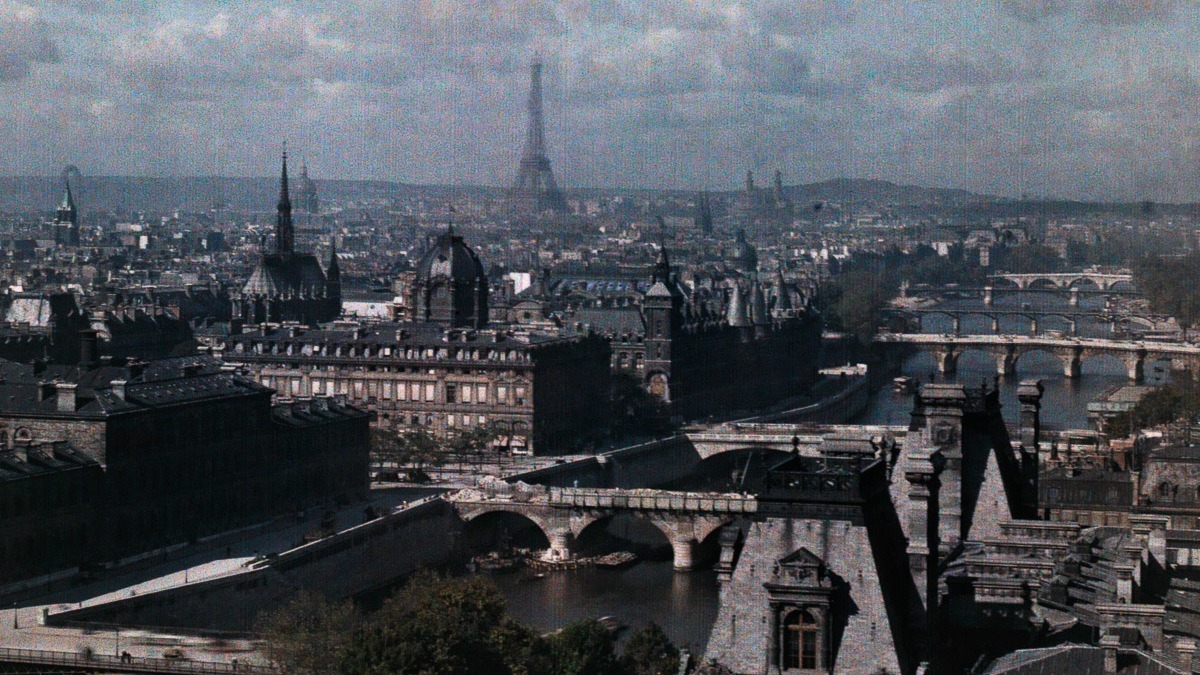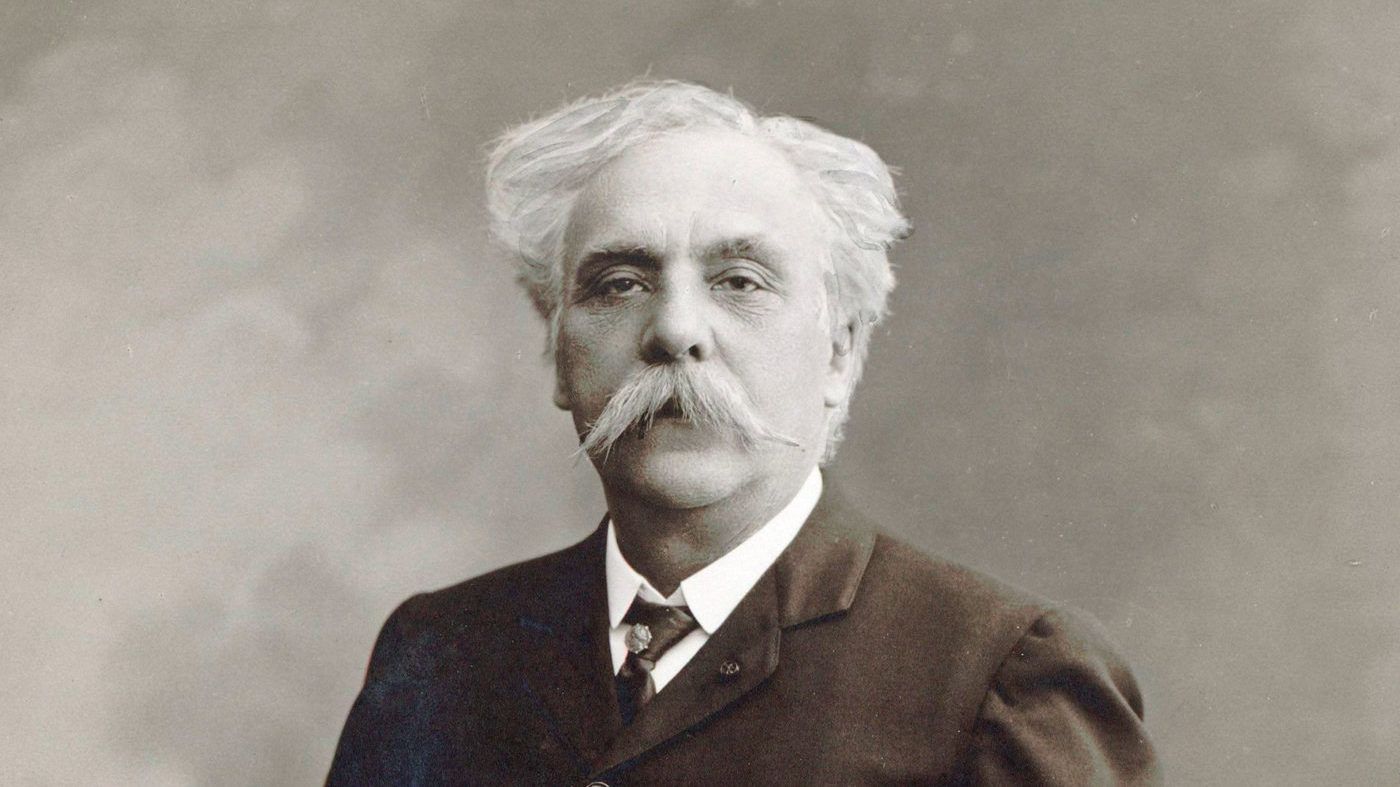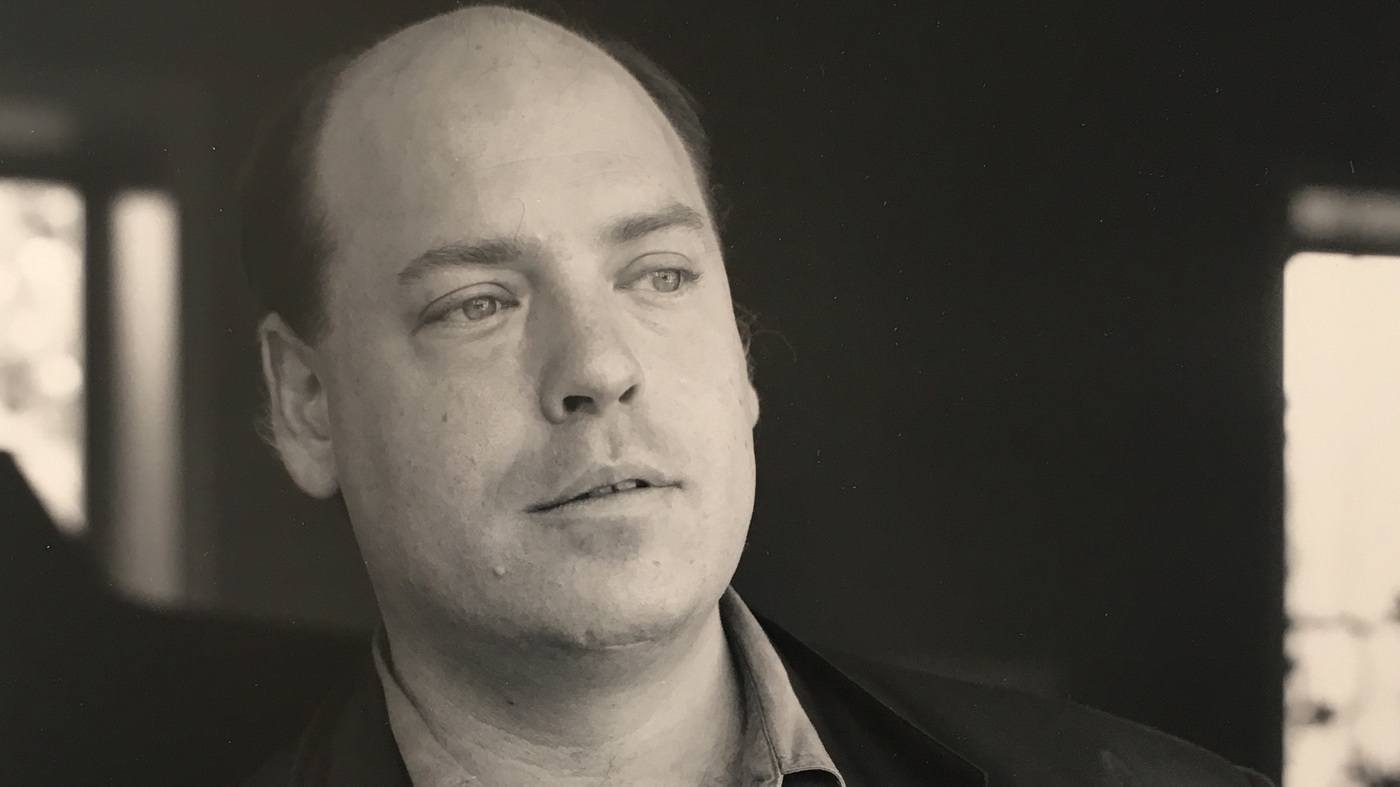Fauré’s Berceuse, Op. 16: Christian Ferras
A berceuse is a “cradle song,” set in a gently rocking 6/8 meter. Gabriel Fauré composed the beautiful and fleeting Berceuse, Op. 16 for violin and piano about 1879. This remastered performance by the French violinist Christian Ferras and pianist Ernest Lush was released in 1951. Born in 1933, Christian Ferras was one of the greatest exponents of the elegant, sonically colorful Franco-Belgian school of violin playing. Illness led to his early and tragic death in …







